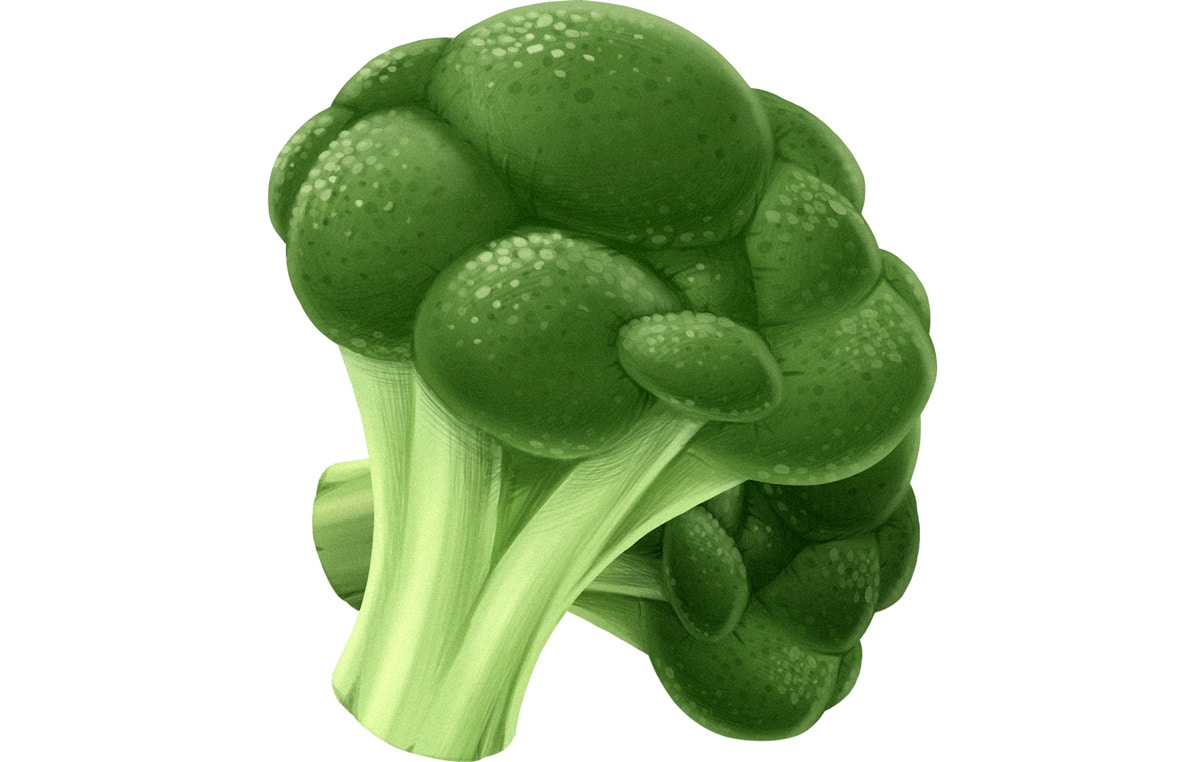
If you want to make a wine taste sour and kind of gross, an easy way to do that is to add a chemical called tartaric acid. Taste-testers will pick up on it right away...unless you label it as expensive foreign wine. Then they’ll report that it tastes great, because they were expecting it to.
Expectations can shape your reality, but most people's expectations of food tend to tempt them into making unhealthy decisions. Here's how it works, and some practical tips for re-shaping your own expectations about food in a healthy direction.
Expectations Determine Reality
What we expect our food to taste like has a huge effect on what we eat and how much we like it. When people are primed to like or dislike a food, their perception tends to match.
Where our Expectations about Food Come From
Sometimes, we hear about food from other people and base our expectations on that. In one study, just giving subjects a positive flavor description (e.g. “rich and hearty”) made them enjoy a food more than a neutral description: they were expecting to taste something good, and so they did. Think about reading a restaurant review or asking your friend how he liked a recipe: people do this all the time.
People can even be primed to "taste" things that are objectively wrong. In this study, people who were told that two different-colored candies tasted the same were much more likely to say that they did, even if the candies tasted different. If they were told that the different colors represented different flavors, they were much more likely to say that the different colors tasted different, even if they tasted exactly the same. “Reduced-salt” labels make people rate a soup as less tasty than a regular soup, even though they didn’t perceive it as any less tasty in a blind taste-test.
Packaging can also influence what we expect to taste. Think about the wine above: plenty of other studies have backed up the finding that given two packages of food with different price tags, people tend to prefer the food in the more expensive package and rate it as tastier, even if it’s the exact same food in both packages. They expect to like the fancy food more, and so they do.
Expectations based on packaging are important for all kinds of foods and drinks. This review of 78 studies found that branding and labeling of a food or drink has a clear effect on the way it tastes to the subjects who eat it.
Other studies have shown that the color of a food affects flavor perception. Foods with brighter colors are perceived as tasting more intense. Color contrast (including contrast between a plate and the food on it) also makes the food taste stronger. That’s why so many Kool-Aid-type drinks are so neon-colored: the color actually makes us perceive the drink as tasting better.
Expecting "Healthy" Food to Taste Bad
Now think about what people expect from healthy food. A lot of people expect it to taste bad, or be unsatisfying. They go on a “diet” and expect to feel hungry and deprived. So guess how they feel? Hungry and deprived! And guess how much they want to stick to that hungry, tasteless, pleasureless diet? Yeah, not so much.
So now we have a problem: most people can’t stick to a diet they think is tasteless and/or unsatisfying, at least not for any length of time. And nobody should have to do that. Health isn’t about Puritanical willpower and the ability to power through life feeling constantly hungry and bored with your food. Health is about eating food that tastes good and satisfies your body’s needs for energy. But most people are psychologically primed to expect that food can either taste good or be healthy, but not both. That expectation makes them more likely to perceive healthy food a boring or unsatisfying, because they expect it to taste that way.
Managing your Own Expectations
It would be really great if we could all just magically wave our hands and start honestly expecting lettuce and sweet potatoes to taste as good as chocolate cake and cookie dough ice cream. And actually, after a few months of eating well, most people do start to appreciate the taste of healthy foods more (even if they never quite compete with the foods deliberately designed to completely overwhelm our perception of “delicious”).
But even a few solid months of Paleo don’t undo years of cultural programming. So here are some practical tips for priming your brain to expect good things from healthy food.
- Openness Beats Forced Positivity. If you expect vegetables to taste bad, forcing yourself to expect deliciousness is unrealistic.

But try this: instead of forcing yourself into the completely opposite expectation, just consider that you might be wrong (you might also be right, and that's fine too). Maybe you haven't tried vegetables with enough butter and salt. Maybe it's just Brussels sprouts that you hate and other vegetables are fine. Instead of trying to browbeat yourself into the "right" expectation, just leave your expectations open and give each food a couple of chances.
- DIY brand familiarity. A lot of research in the reviews above showed that brand familiarity was huge in influencing expectations. People expect Coke to taste good because it’s familiar and we get so barraged with messages about how good it tastes all the time. You can do the same thing with healthy foods; you just have to be your own marketing department. When you have a good experience with something healthy, dwell on it so it sticks in your memory. Rave to someone about the great new recipe you found. Pay attention to those memories, so the associations will be at the forefront of your brain. You’re basically marketing healthy food to yourself the same way Coke markets sugar water to you, and setting up that expectation of pleasure for healthy food.
- Eat with your Eyes. Use packaging and labeling cues to signal to yourself that your food is going to be tasty. Tupperware rarely shows off anything in its best light. Get plates that you like and make your table a nice place to be. Eat a lot of colorful foods, like salads with all different kinds of vegetables (remember from the studies above that color = flavor to your brain).
- Focus on things that you’re adding and emphasizing in your diet, not what you’re taking out. Negative labels (like “reduced-salt”) tend to make people expect that they’re missing out on something and about to eat tasteless food, while positive labels (like “organic”) have the opposite effect. "Focus" is really vague, so here's a practical guideline: when you talk to people about your diet, mention two things that you emphasize for every one thing that you avoid.
- Don’t dwell on the negative. If you honestly want to eat pizza, it’s probably going to feel fake and stupid to try to force yourself into thinking about how delicious your salad is going to be. Don’t force the positive thoughts, but at least distract yourself from the negative - think about something else entirely. If you can’t set up a positive expectation, at least you can avoid reinforcing a negative one.
Summing it Up
What we get out of our food depends a lot on what we expect to get out of it. If you expect bland or flavorless food, your meal will probably taste worse. If you expect something good, your meal will probably taste better.
Getting over negative expectations about vegetables and other “healthy” foods can make healthy eating more pleasurable, and pleasure is key to making it actually stick in the long run. It takes time and exposure. Make your healthy food beautiful and colorful (so it cues your brain to think “this has a lot of flavor!”). Focus on what you’re adding, not what you’re taking away, and reinforce positive associations with healthy food so your brain knows to expect more of the same taste next time.





Leave a Reply